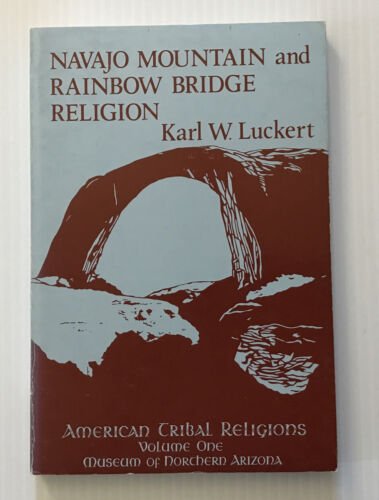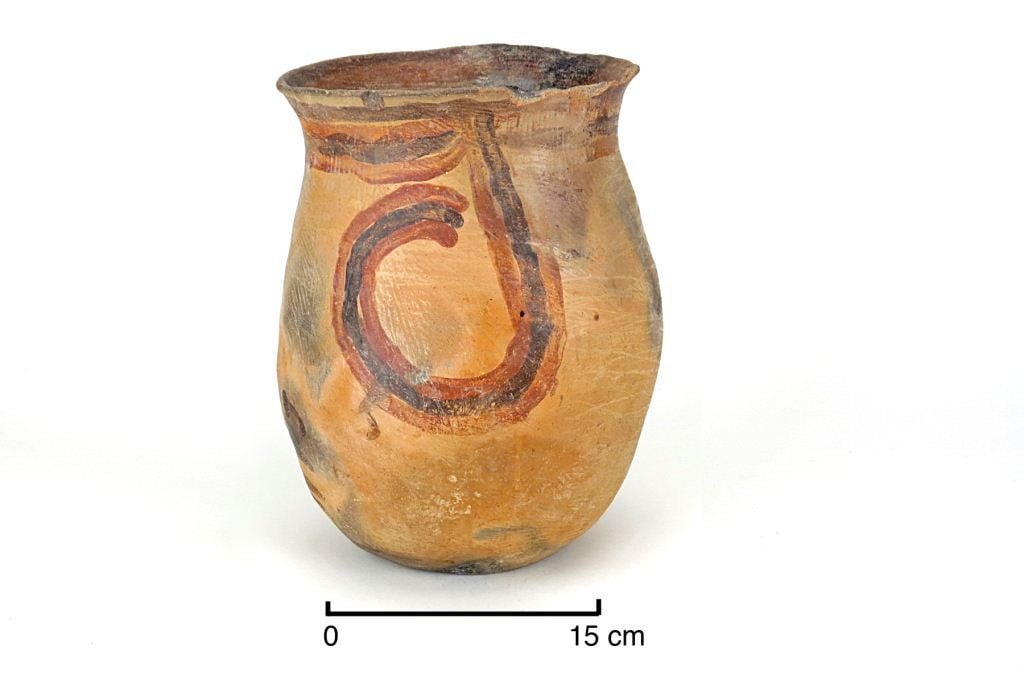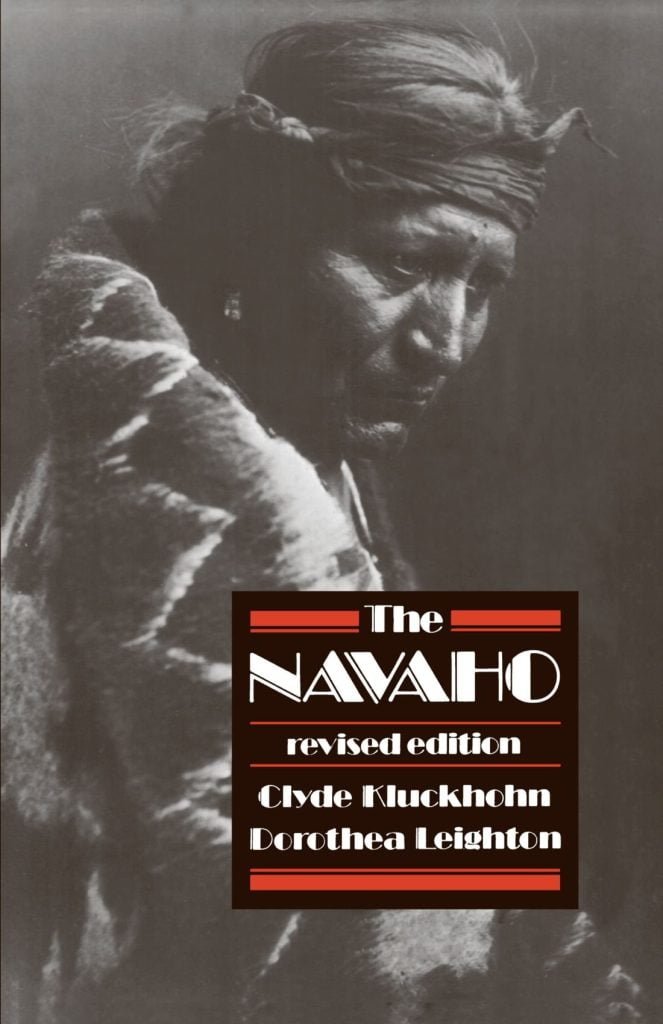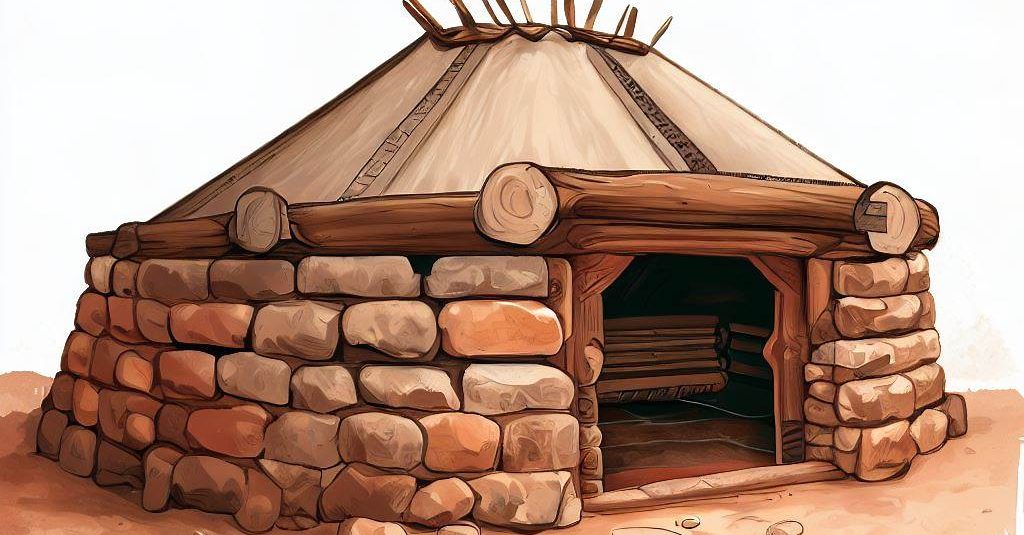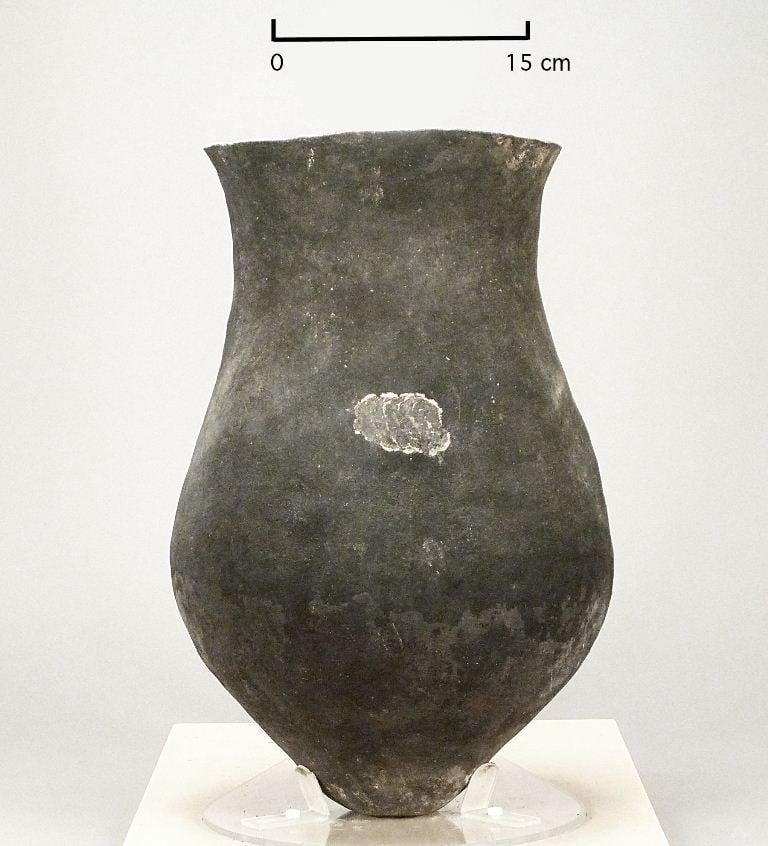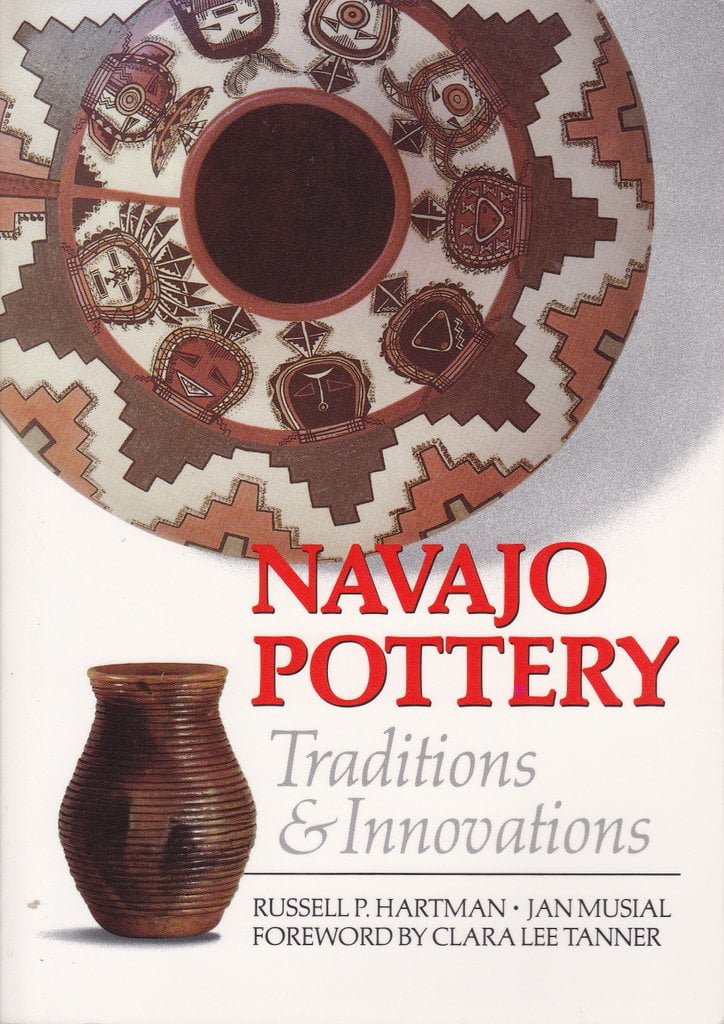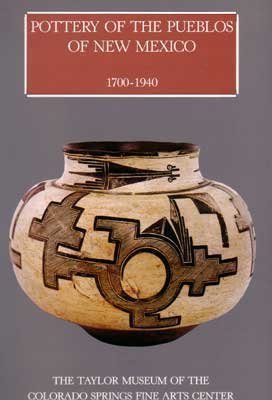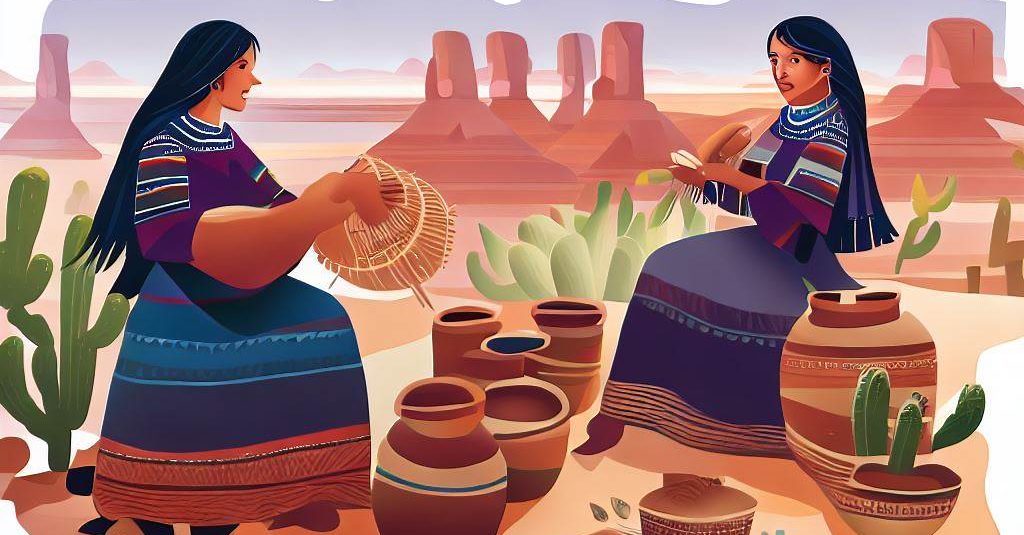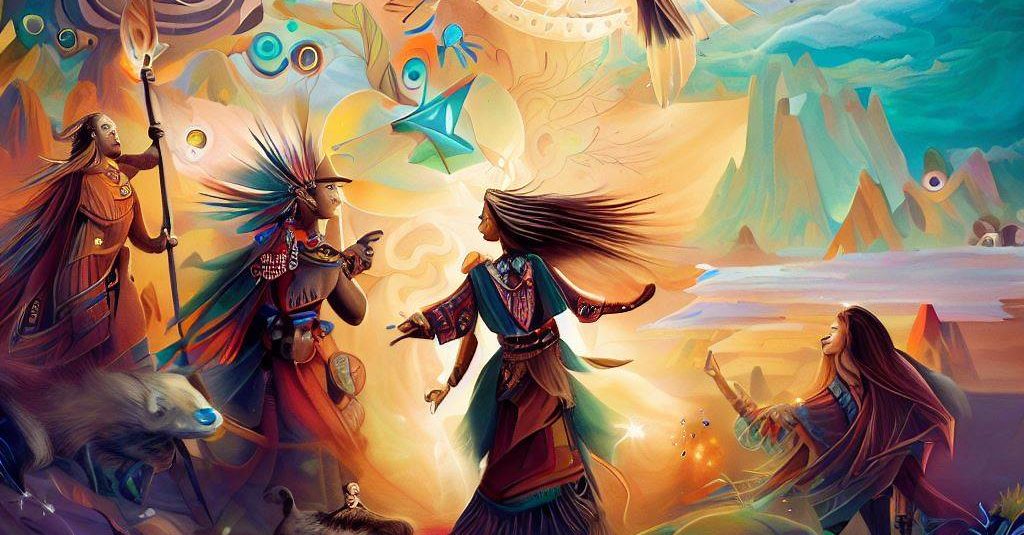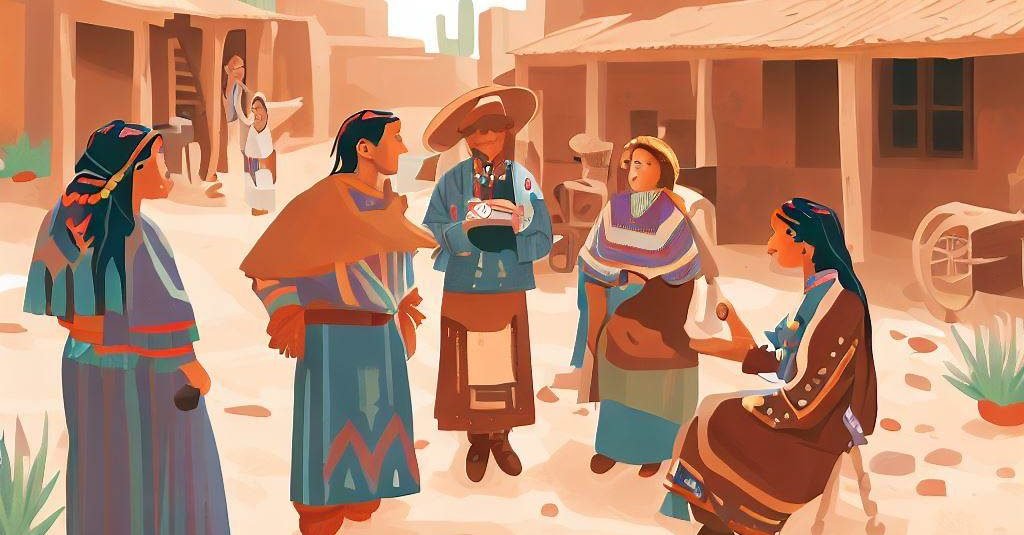Navajo Mountain and Rainbow Bridge Religion
Navajo Mountain and Rainbow Bridge Religion, written by Karl W. Luckert, is the first volume in the American Tribal Religions Series, published by the Museum of Northern Arizona in 1977. In this fascinating work, Luckert explores the religious significance of the Rainbow Bridge rock formation and Navajo Mountain, as well as the cultural impact of the construction of Lake Powell on the Navajo people.
Navajo Mountain and Rainbow Bridge Religion Read More »

